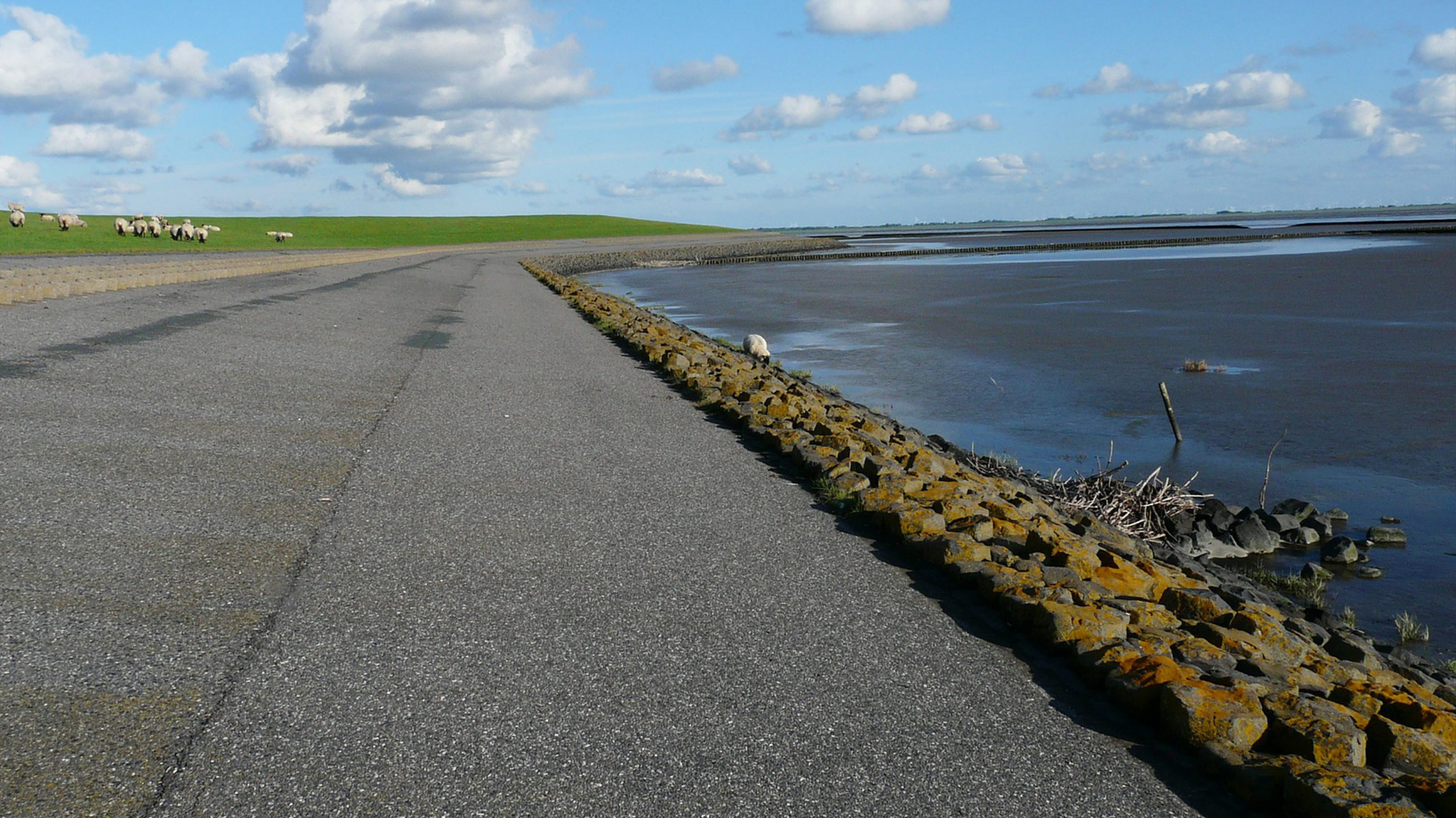Valorisation & innovation du BTP
Internal Erosion Research
Hydraulic earth structures (as dams and dikes) can be subjected to instabilities which are mainly due to erosion phenomena. Among these phenomena, suffusion is very complex because it aggregates three coupled processes: detachment, transport and possible filtration of a fraction of detached grains. This phenomenon will thus produce changes in the porosity of the soil that can cause a variation in its hydraulic properties (and therefore the hydraulic loading itself) and its mechanical properties. Thus to ensure the safety assessment of hydraulic earth structures, the characterizations of suffusion and its consequences on the soil mechanical behaviour are required.
In this context, a scientific project is realized in partnership with:
This research project includes experimental studies and numerical studies . So several lab facilities and numerical tools are developed.

Latest News
A DEM study of the effect of the loss of fine particles on the mechanical behavior of gap-graded soils.
Internal erosion by suffusion on cohesionless gap-graded soils: model and sensibility analysis. Geomechanics for Energy and the Environment
Consequences of scalping and scalping/replacement procedures on strength properties of coarse-grained soils
Hydraulic earth structures (dams, dikes and levees) play several key roles in our society, such as: Hydropower (16% of the world’s total electricity and 70% of all renewable electricity, in 2018), Flood protection, Irrigation and Water reserve.

More information www.barrages-cfbr.eu

Dams
Earth dams predominate :
- for some 65 % of all reported dams

Dike
The French system of dikes and canals stretches over :
- 8000 km for flood protection
- 6700 km of waterways
- 1000 km for hydropower generation
However, these earth structures can suffer from instabilities, potentially leading to breaches.
Several statistical analyses (Foster et al. 2000 ; Fry et al. 2015) showed that more than 90% of these instabilities are due to erosion processes, among which internal erosion.
Moreover, risks related to internal erosion in dikes are more difficult to manage as soils may be insufficiently compacted and/or strongly heterogeneous.
Thanks to scientific discussions between experts gathered at the “International Workshop on Internal Erosion and Piping of Dams and their Foundations” (Aussois, 2005), four internal erosion processes were distinguished:
______
backward erosion
contact erosion
concentrated leak erosion (or piping)
suffusion
